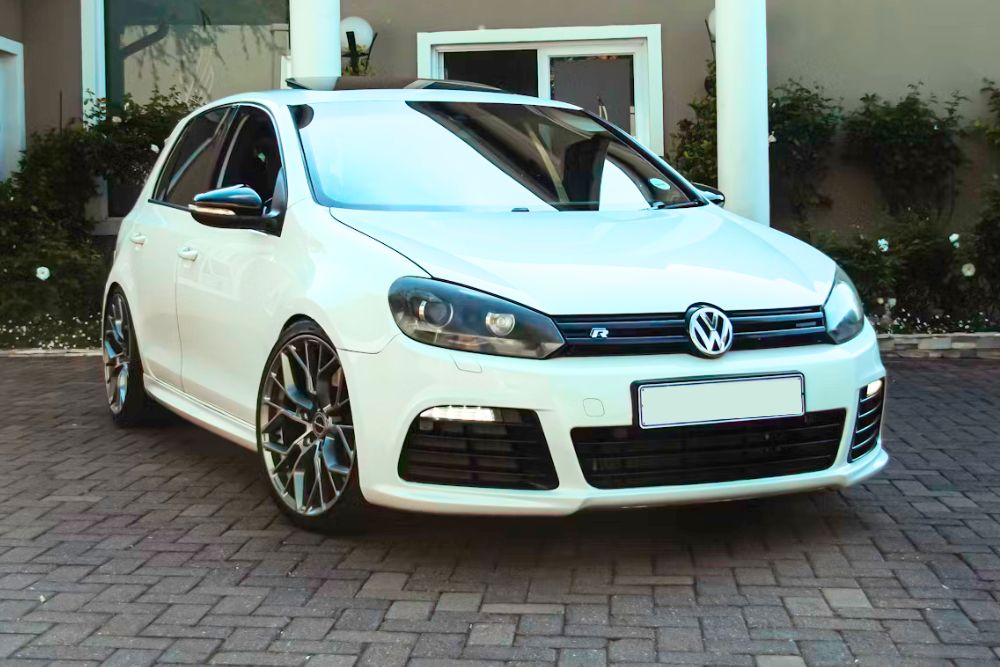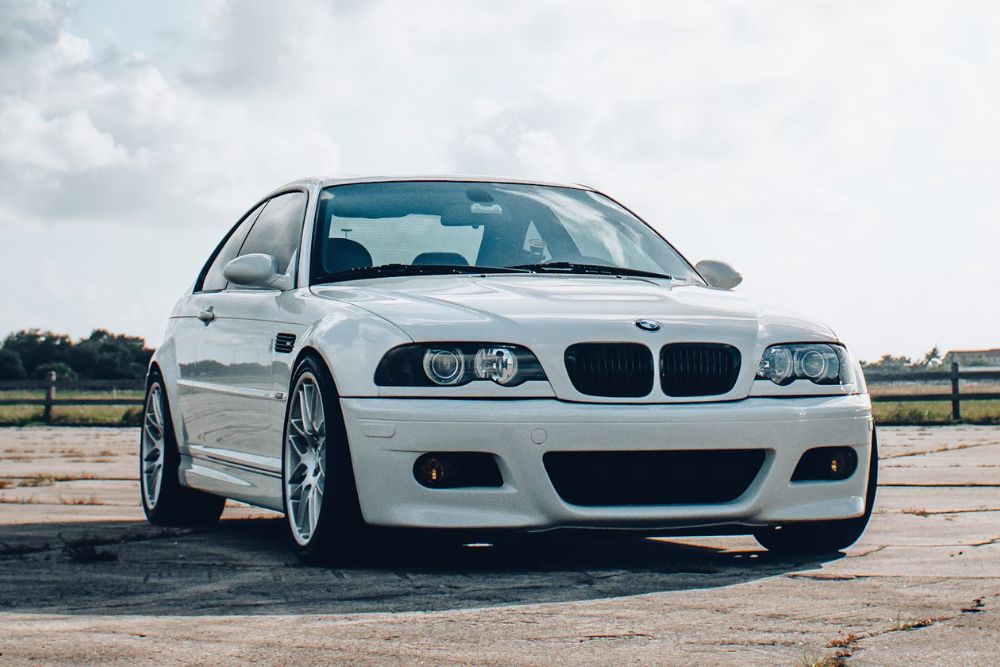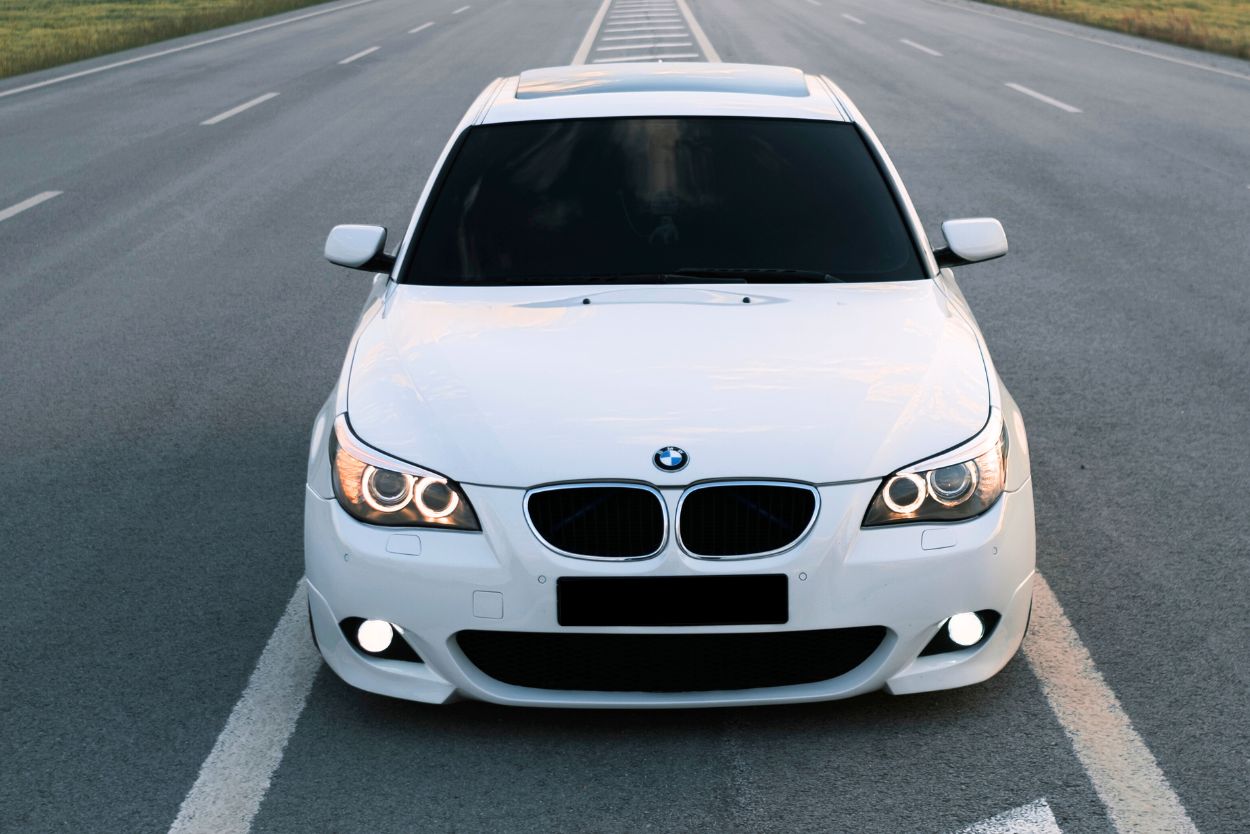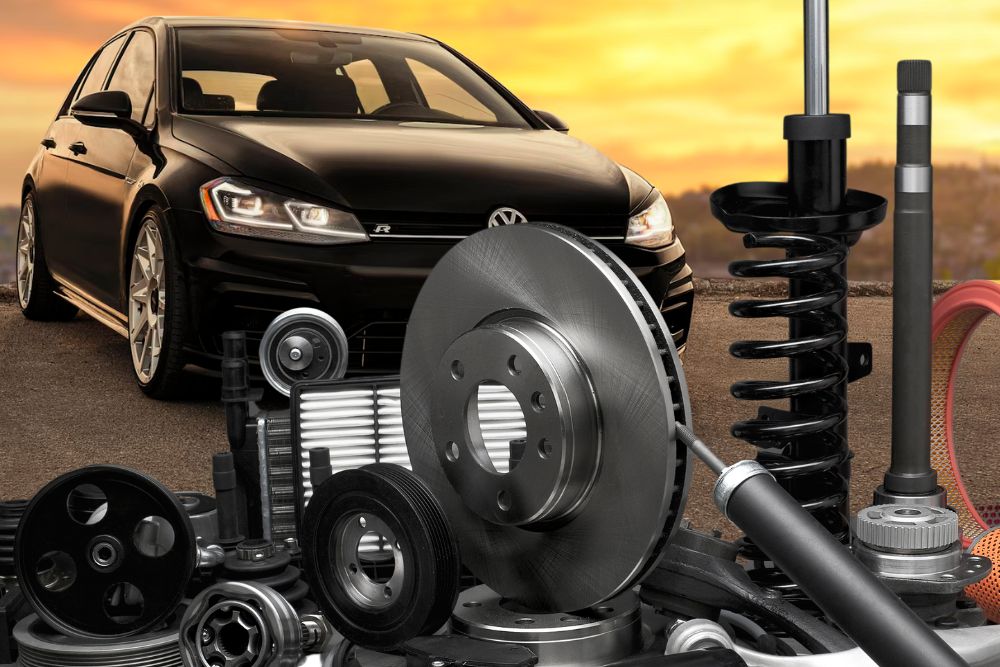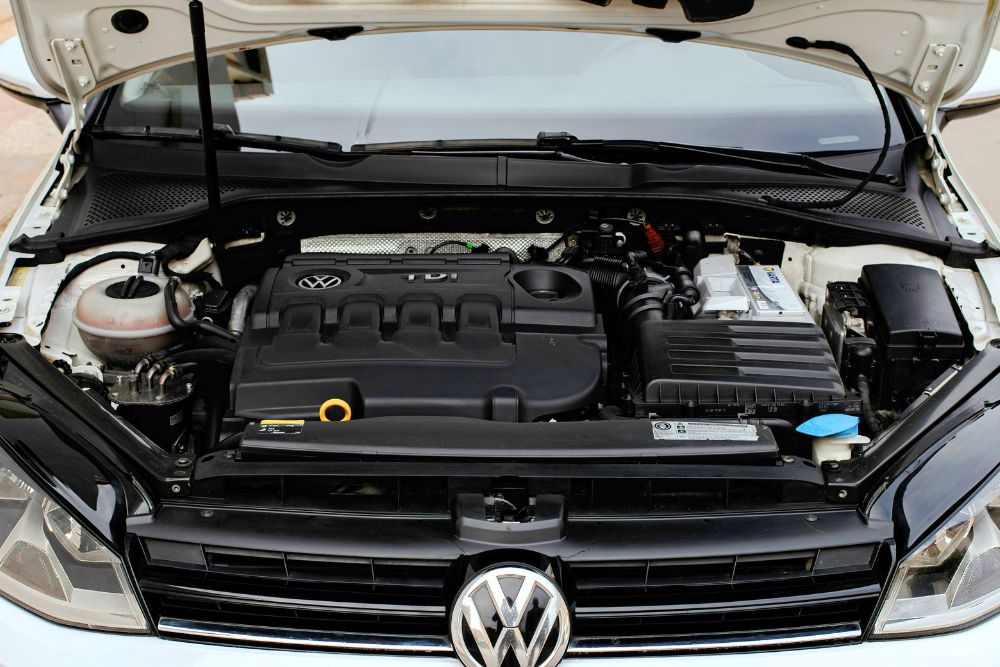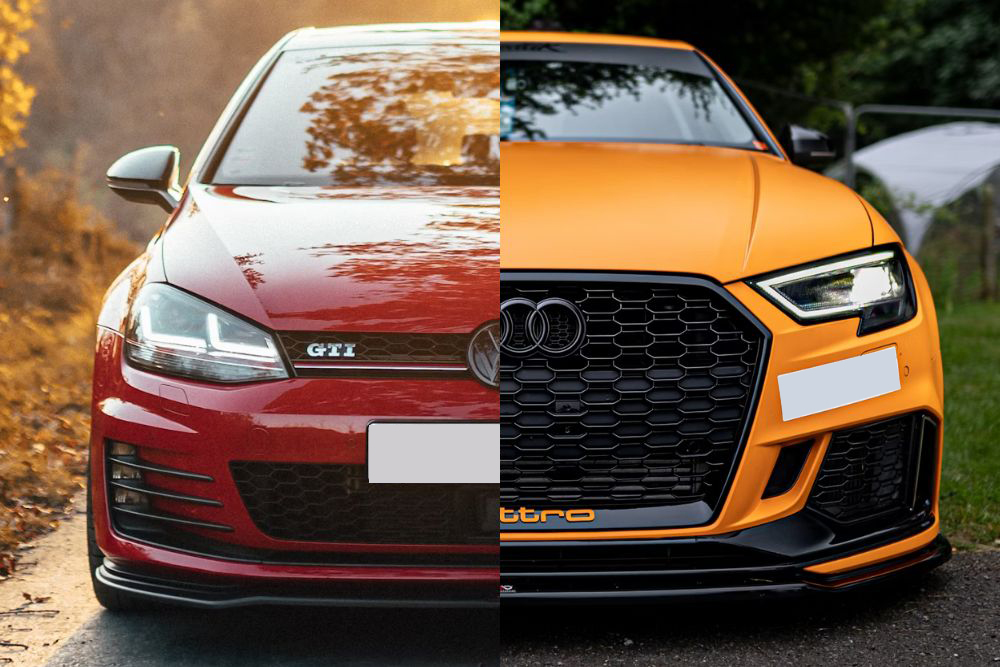
If you’re seeking performance, you might be considering cars from either the Volkswagen or Audi lineup.
Both brands offer a range of sport models to choose from, and it can be hard to know which to go for.
In this article we will discuss the pros and cons of Audis and VWs and how they compare when it comes to performance.
Understanding Car Performance
Understanding how well a car performs involves looking at elements such as how quickly it accelerates, how well it handles, how effectively it brakes, and its maximum speed. These factors often give us an indication on how exciting a car will be.
High-performance cars usually have powerful engines, superior suspension systems, and sleek designs to make driving exciting. These cars are often be fitted with turbocharged engines, sport-tuned suspension systems, and enhanced brake systems.
You might be asking, how can we measure a car’s performance in an unbiased way? Once was is to look at how quickly the car can accelerate from 0 to 100 km/h and the car’s quarter-mile times as an indicator of it’s overall speed and performance. However, there are other factors to consider including weight and cornering, which can be quite subjective as everyone has their own preferences.
Volkswagen’s Performance Capabilities
Looking at high-performance cars from Volkswagen, models like the Golf GTI and the Polo GTI are hard to ignore. These vehicles are famous for their sporty steering and rapid speed increase, all thanks to their turbo engines.
Volkswagen’s Engine Power
There’s a wide range of powerful engines available, including a strong 2.0-litre turbocharged 4-cylinder engine that produces up to 228 horsepower. This engine is included in Golf GTI.
For those seeking even more power, there’s the Golf R featuring the same 2.0-litre turbocharged engine, but fine-tuned to produce a remarkable 288 horsepower and 280 lb-ft of torque. This showcases the dedication to power and performance.
However, power isn’t everything; efficiency is equally important. It’s comforting to know that these high-performance engines aren’t just about brute force. They’re engineered to offer an enjoyable driving experience while keeping fuel efficiency in mind.
Handling and Speed
Volkswagens are known for their handling capabilities, as they provide responsive handling and decent speed, offering a balanced performance that’s perfect for normal driving as well as spirited runs.
Renowned for stable and predictable handling, these vehicles are suitable for a variety of drivers. Whether you’re a beginner or have years of driving experience, you’ll value the dependability and consistency.
While some Volkswagens might not be as sporty as some other cars, they still offer a pleasing driving experience. These cars are versatile and simple to handle, making them a practical option for many drivers. They might not win a race against a sportier car, but for everyday use, they deliver a balanced and pleasing performance.
Don’t discount these cars when considering performance. Their emphasis on comfort, practicality, and reliable handling could make them the ideal match for your driving requirements.
Audi’s Edge in Performance
Audi considered a slightly more premium brand than Volkswagen, and their cars have more of a focus on luxury together with performance.
As such, they offer many larger sedans and station wagons, along with their hatchback lineup.
Audis are well known for their speed and handling capabilities, even on the larger models, which giving you extra conform and all the modern luxury features you’d expect from a higher end car.
Whether you are looking for a small hot hatch to use around town, or you prefer a bigger car with a powerful V8, Audi has something for you.
Comparing Engine Power
Delving into the subject of engine power, it’s evident that Audis are typically more powerful than VWs, demonstrating higher horsepower and torque data. The engines of these cars, often turbocharged and larger in displacement, prioritise performance and driving dynamics.
Therefore, you’ll encounter a more lively driving experience, especially if you choose models geared towards performance, such as the RS line. These models have high-performance engines which provide impressive power outputs, ensuring a thrilling journey every time you venture out.
Handling and Stability Analysis
Audi’s polished engineering offers a more exact and superior experience. You’ll notice the difference with every twist and turn; the control is tighter, and the journey smoother. As they are more focused on luxury, you can expect a more comfortable journey when compared to VWs.
However, this can reduce handling feel, so if you want a responsive car you can connect with, an Audi might not necessarily give you what you are after. It would be a good idea to take one out for a test drive to see how you feel about it.
Acceleration and Speed Tests
Both cars offer high performance models with a large abundance of aftermarket tuning available, meaning that having a fast car will not be a problem. Whether you are looking at a Golf GTI, Audi S3 or even an RS6, you have plenty of options to make it as fast as you like.
Fuel Efficiency Considerations
Fuel efficiency is a key point to consider when weighing up the performance of different cars.
Generally, cars with smaller engines will be more fuel efficient than those with larger engines. Many VW models tend to have smaller engines when compared to the larger Audi models, meaning that you will find more fuel efficient options in the Volkswagen range.
Making the Final Choice
When making the final choice between an Audi or a Volkswagen, it’s vital to consider your personal wants and needs. Audis are known for elegance and performance, so if that’s what you’re looking for, it might be your perfect choice.
Volkswagen, on the other hand, provides performance combined with practicality and value for money, making it an excellent choice if you’re looking for a robust, everyday car that is going to be fun and fast.
Before you decide, test drive models from both types. Experience the driving dynamics and performance first-hand. Carry out your research on specific models within each type. You’ll find a range of options with different performance levels.
If you’re seeking a balance of performance and affordability, Volkswagen is a strong choice.
If you want a more “upmarket” image with a bit more luxury, or you want a bigger car with a bigger engine, Audi has some great options.
And, if you need either your new VW serviced or your Audi serviced, by sure to give us a call on 09 441 3635 or email service@dodsonmotorsport.com.
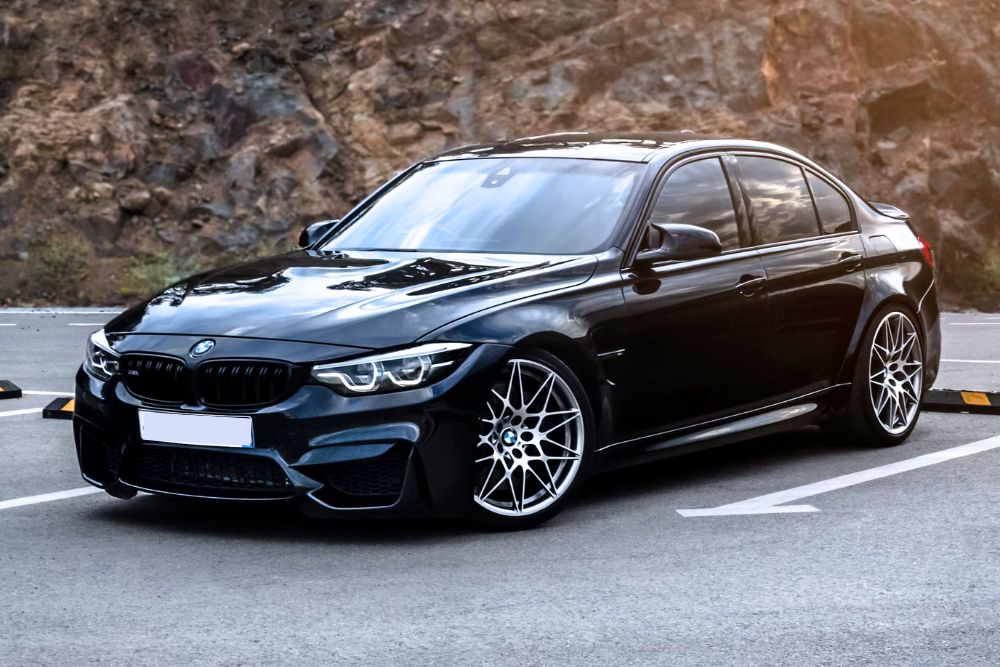

 Looking for Dual Clutch transmission components outside of New Zealand?
Looking for Dual Clutch transmission components outside of New Zealand? 
